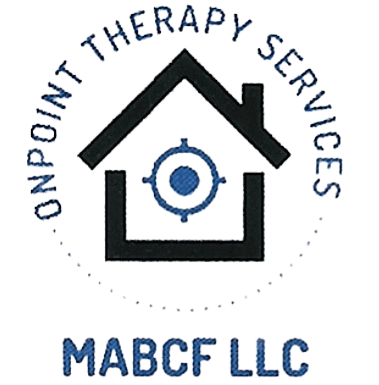
Compression Therapy

Recovery compression therapy is a technique that utilizes specialized garments or devices to apply pressure to specific areas of the body, typically the limbs. It is commonly used in sports and rehabilitation settings to aid in post-workout recovery, reduce muscle soreness, and enhance circulation. Here's an overview of recovery compression therapy:
- Compression garments: Compression sleeves, socks, or garments are typically made of elastic materials that provide a graduated compression, meaning they are tighter at the extremities and gradually loosen up towards the core. They are designed to fit snugly around the muscles and apply gentle pressure to the limbs.
- Increased circulation: The primary benefit of compression therapy is the promotion of blood circulation. The compression applied by the garments helps to enhance the flow of oxygenated blood to the muscles and removes waste products, such as lactic acid, more efficiently. This improved circulation can aid in the removal of metabolic byproducts that contribute to muscle soreness and fatigue.
- Decreased swelling: Compression therapy can also help reduce swelling and inflammation. The pressure exerted by the garments assists in preventing the accumulation of excess fluid in the tissues, promoting lymphatic drainage, and facilitating the reduction of post-exercise swelling.
- Enhanced recovery: By improving blood flow and reducing swelling, recovery compression therapy can contribute to faster recovery after intense physical activity or injury. It can help alleviate muscle soreness, minimize the risk of muscle damage, and support the healing process.
- Application timing and duration: The timing and duration of wearing compression garments can vary based on personal preferences and the specific goals of therapy. Some individuals may prefer to wear compression garments during or immediately after exercise to aid in recovery, while others may use them for extended periods during the day. It's important to follow manufacturer recommendations or consult with a healthcare professional for guidance on optimal usage.
- Graduated compression: Most compression garments are designed with graduated compression, meaning the pressure is highest at the extremities and gradually decreases towards the core. This design facilitates blood flow back to the heart, counteracting the effects of gravity.
- Proper fit: It is crucial to ensure a proper fit when using compression garments. They should be snug but not overly tight, and they should provide adequate compression without causing discomfort or restricting circulation. Be sure to follow sizing guidelines provided by the manufacturer.
- Consultation with healthcare professional: If you have any pre-existing medical conditions or concerns, it is advisable to consult with a healthcare professional before starting compression therapy. They can provide guidance based on your specific needs and help you determine if compression therapy is appropriate for you.
Recovery compression therapy can be a useful adjunct to your overall recovery routine, but it's important to note that it should not replace other essential components of recovery, such as rest, proper nutrition, and appropriate exercise. It is recommended to combine compression therapy with a well-rounded approach to optimize your recovery and overall well-being.
How Can We Help?
Send us your message through the form below.
Get In Touch
Office location
Milford, DelawareGive us a call
(302) 725-5116Send us an email
[email protected]Other website
mabcfllc.com/